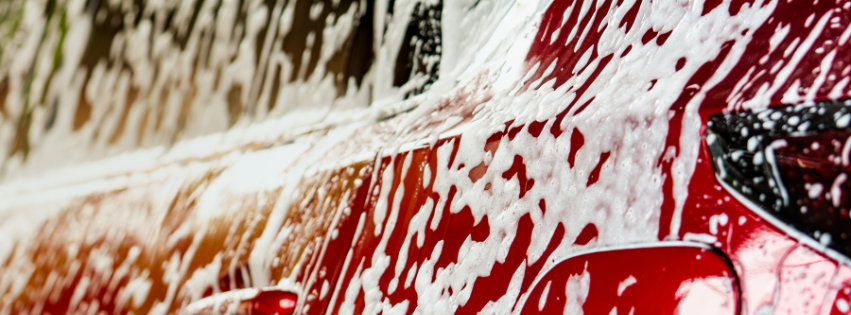How Chemical Dilution Ratios Affect Cleaning Power and Profitability
Get cleaner cars, reduce product waste, and boost ROI with proper dilution control

When it comes to running a car wash business, success isn’t just about shiny cars—it’s a science. One of the most overlooked but critical elements of car wash performance is chemical dilution ratios. Getting them right means stronger cleaning power, larger profit margins, and better customer satisfaction. Getting them wrong? Hello wasted money, dull finishes, damaged equipment, and unhappy customers.
This article breaks down how dilution ratios work, why they matter, and how optimizing them can instantly improve your car wash operations.
What Are Dilution Ratios?
A chemical dilution ratio is the amount of concentrate mixed with water to create a cleaning solution. It is usually written like this:
Example: 1:100
Meaning: 1 part chemical to 100 parts water
So if you mix 1 liter of concentrated soap with 100 liters of water, that’s a 1:100 dilution.
Cleaning Power Depends on pH Balance
Chemicals behave differently based on their acidity or alkalinity:
- Alkaline cleaners (pH 10–13): Break down grease, oil, mud. Common in presoaks, degreasers, and detergents.
- Acid cleaners (pH 2–5): Remove minerals, brake dust, and road film. Used for wheel cleaners and surface brighteners.
- Neutral cleaners (pH 7): Used for foam soaps and wax-friendly washing.
When diluted improperly, these chemicals lose their cleaning capability because their pH levels become diluted out of their effective range.
Profitability: Every Drop Counts
Chemicals account for 8–15% of operating costs in a typical car wash. That means better chemical control = bigger savings.
- A 5-gallon pail of soap that should last 4 weeks could be gone in 2 weeks with poor dilution settings.
- A single car might accidentally be using double the chemical needed.
- Rewashes due to poor cleaning increase water and electricity usage.
According to industry data from International Carwash Association, proper chemical management can reduce chemical costs by up to 30% without sacrificing performance.
Real-World Example
Let’s say your soap cost is $80 per 5-gallon pail at a 1:100 dilution. If your staff changes settings and accidentally uses 1:60:
- Usage increases by 66%
- The same pail now lasts only 2 weeks
- That’s $160/month lost per product—and that’s just one soap line
Scale this across your presoak, foam, wax, wheel cleaner, and drying agent, and you’re throwing away $800–$1,200/month.
Common Mistakes With Dilution
- Guessing instead of measuring
- Using the same ratio for all chemicals
- Ignoring water hardness
- Improper injector tips
- Mixing chemicals manually
These mistakes lead to chemical waste, poor results, and potential safety hazards. The solution: automated proportioning systems.
Boosting Profitability With Controlled Dilution
Here are simple improvements that immediately deliver higher ROI:
1. Use Hydrominders or Proportioners
Devices like hydrominders eliminate human error by mixing exact ratios consistently.
2. Install Color-Coded Injector Tips
Injector tips control dilution rate automatically. Keep a labeled board of tips to prevent accidental misuse.
3. Monitor Water Quality
Hard water binds with chemicals, reducing cleaning power. Use softeners where needed.
4. Train Your Team
Staff should understand why dilution matters—not just how to mix solutions.
5. Track Chemical Cost Per Car
Goal: $0.08–$0.15 per car for express washes; $0.25–$0.40 for full service.
Chemical dilution is not guesswork. Treat it as a profit system. Dial in your ratios, calibrate injectors monthly, measure chemical cost per car, and don't let employees “turn up the soap for better cleaning.” More soap does not equal cleaner—it equals more expenses.
Master dilution, and you master profit control.
